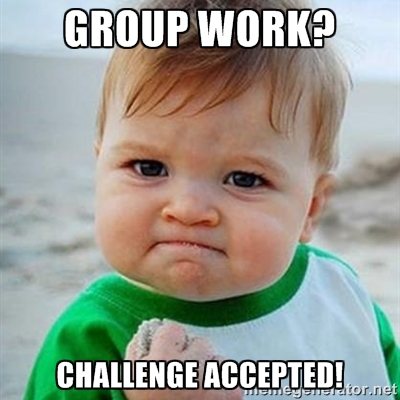Het arrangement DNS English Year 4 MAVO is gemaakt met Wikiwijs van Kennisnet. Wikiwijs is hét onderwijsplatform waar je leermiddelen zoekt, maakt en deelt.
- Auteur
- Laatst gewijzigd
- 2025-09-25 12:11:11
- Licentie
-
Dit lesmateriaal is gepubliceerd onder de Creative Commons Naamsvermelding-GelijkDelen 3.0 Nederland licentie. Dit houdt in dat je onder de voorwaarde van naamsvermelding en publicatie onder dezelfde licentie vrij bent om:
- het werk te delen - te kopiëren, te verspreiden en door te geven via elk medium of bestandsformaat
- het werk te bewerken - te remixen, te veranderen en afgeleide werken te maken
- voor alle doeleinden, inclusief commerciële doeleinden.
Meer informatie over de CC Naamsvermelding-GelijkDelen 3.0 Nederland licentie.
Aanvullende informatie over dit lesmateriaal
Van dit lesmateriaal is de volgende aanvullende informatie beschikbaar:
- Eindgebruiker
- leerling/student
- Moeilijkheidsgraad
- gemiddeld
Bronnen
| Bron | Type |
|---|---|
|
Reading - woordenlijst met veelvoorkomende woorden https://www.sslleiden.nl/files/voorbereiding/H_EN_Woordenlijsten.pdf |
Link |
|
Death by Scrabble - Listening&Watching clip https://www.youtube.com/watch?v=Cvg2fyVyrfI |
Link |
|
https://www.youtube.com/watch?v=2tDg9BtM7g4 https://www.youtube.com/watch?v=2tDg9BtM7g4 |
Video |
|
https://www.youtube.com/watch?v=Yk3F2k8Y4Pw&t https://www.youtube.com/watch?v=Yk3F2k8Y4Pw&t |
Video |
Gebruikte Wikiwijs Arrangementen
Sectie Engels. (z.d.).
Thema 3: Arbeid en Productie
https://maken.wikiwijs.nl/89207/Thema_3__Arbeid_en_Productie


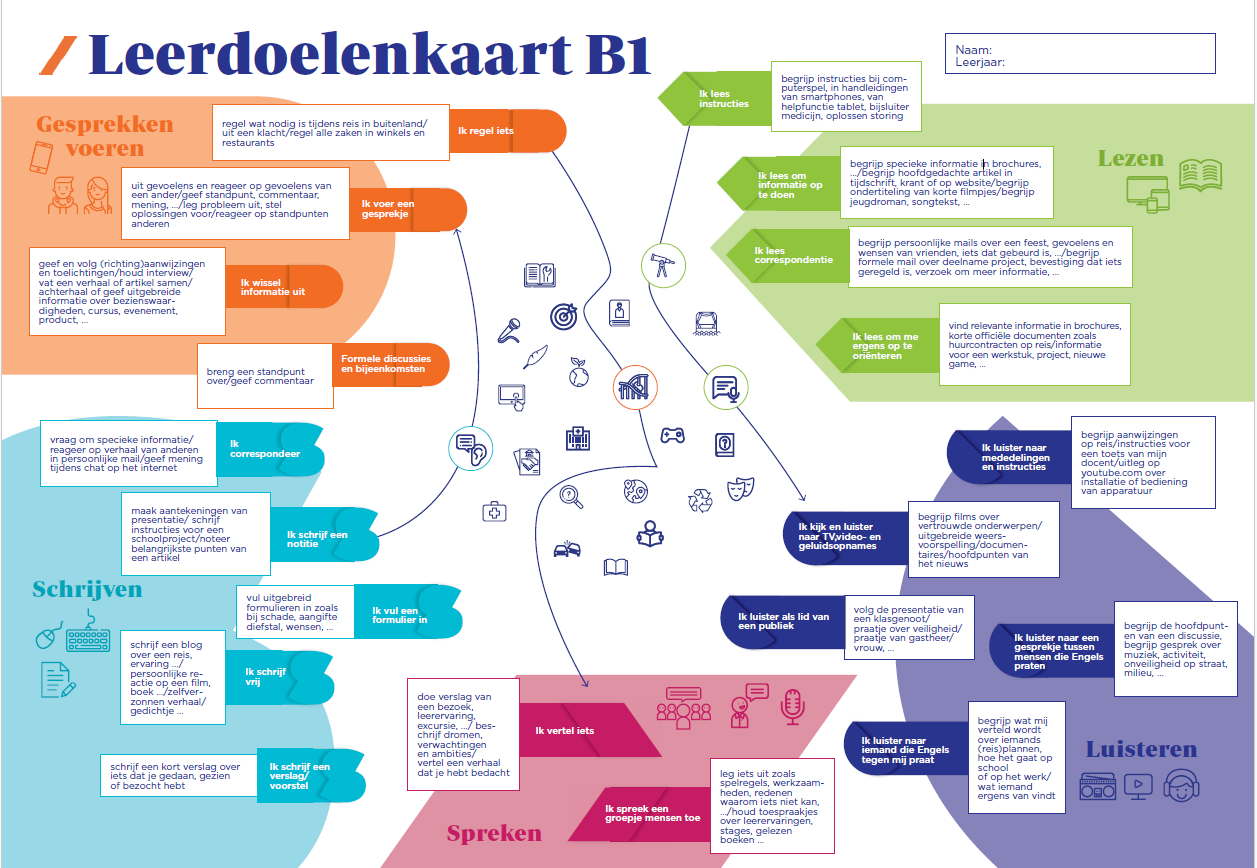
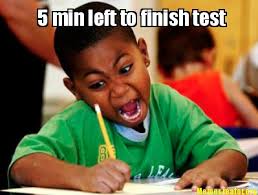

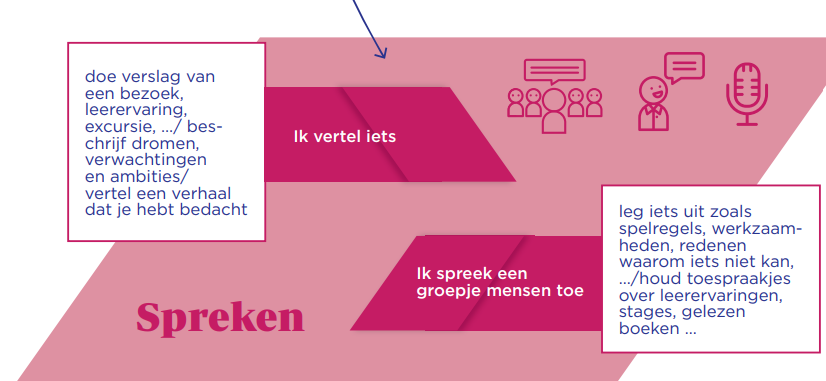
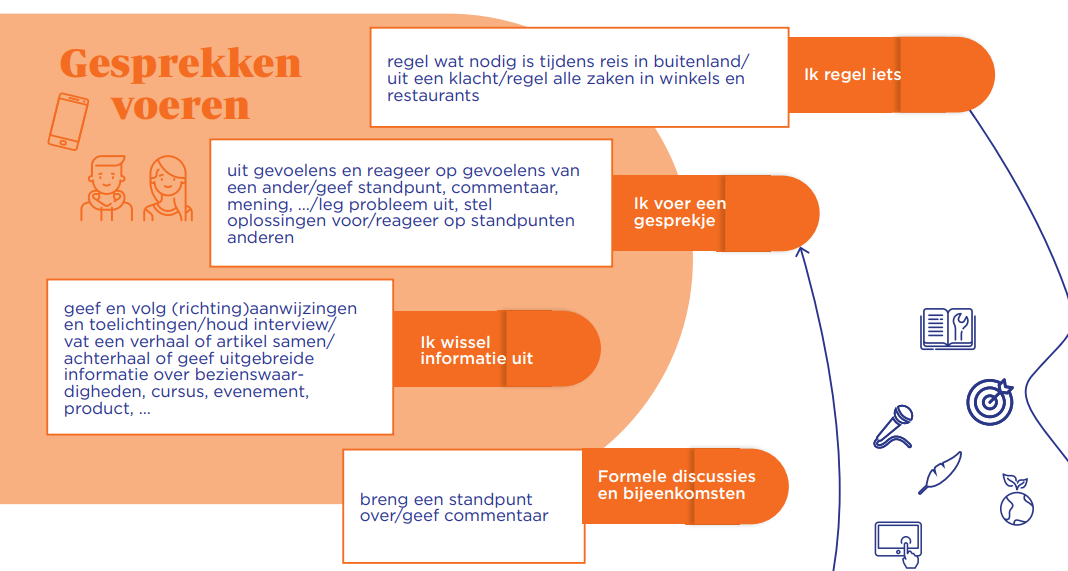

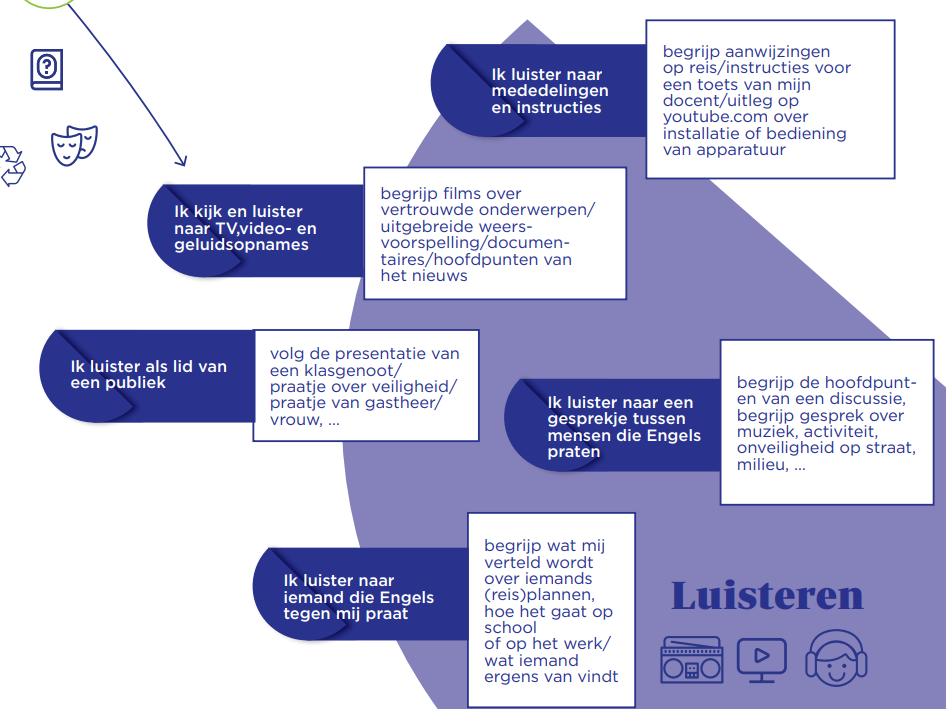
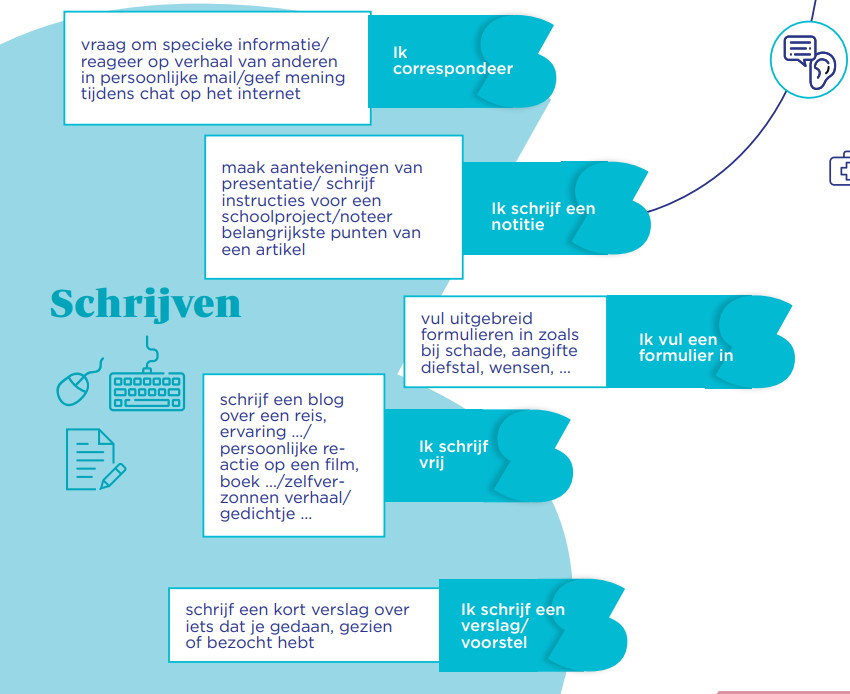

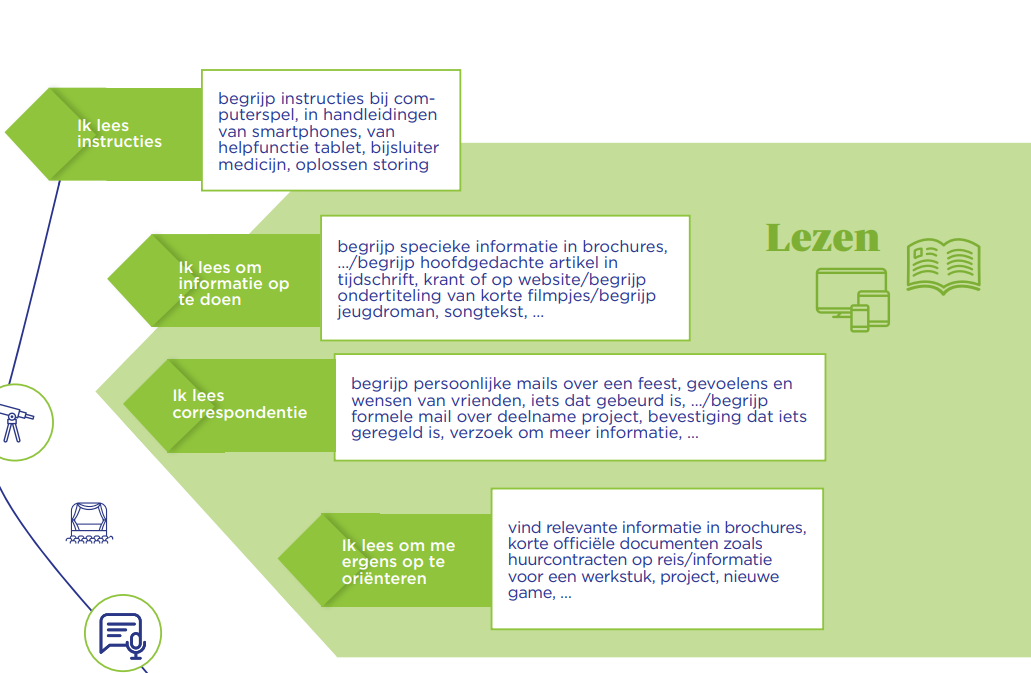

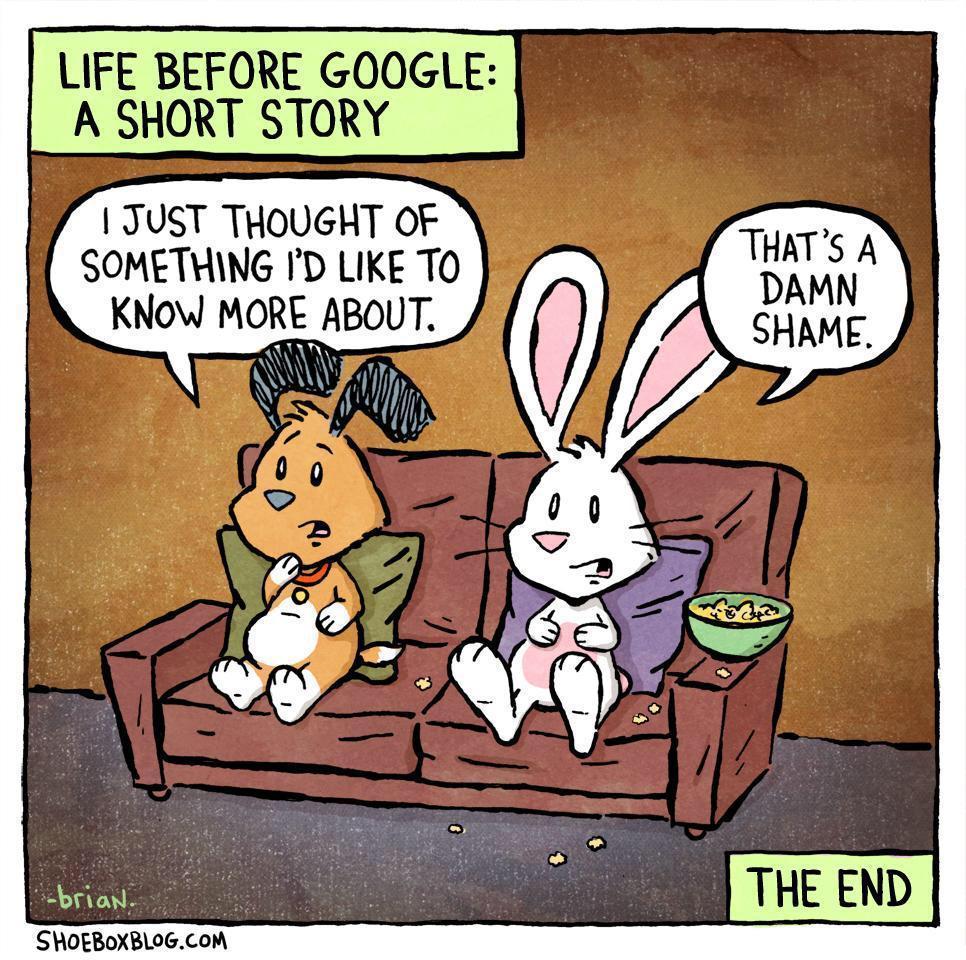

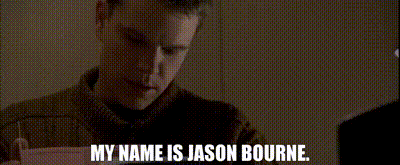
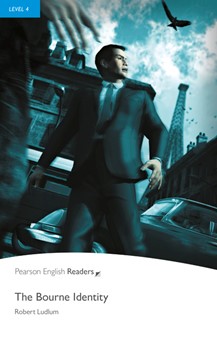
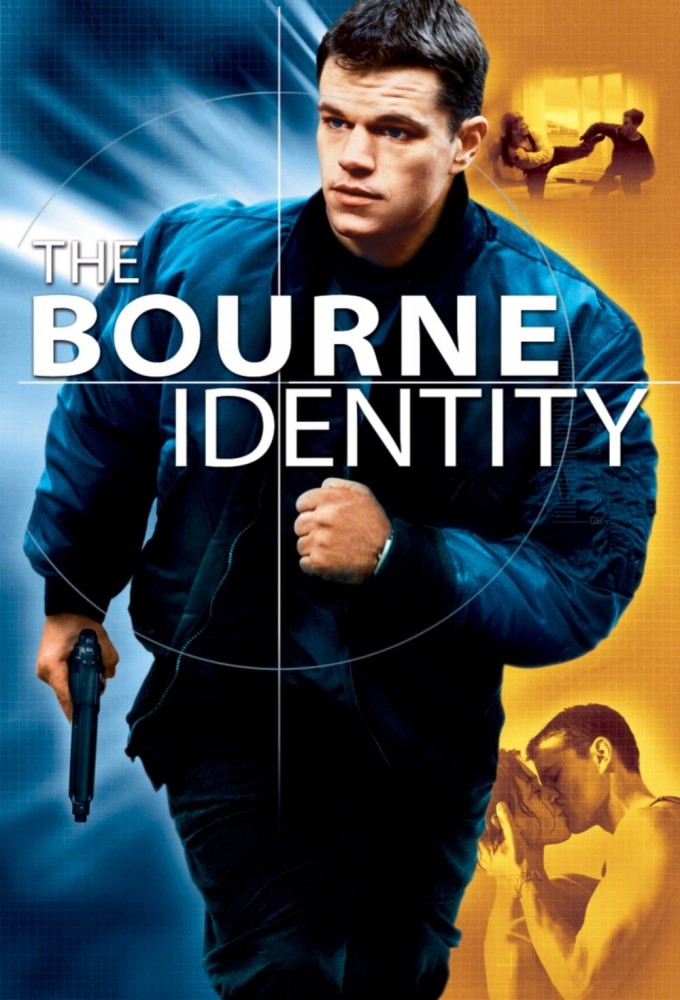

 Origami (折り紙, from ori meaning "folding", and kami meaning "paper" (kami changes to gami due to rendaku)) is the art of paper folding, which is often associated with Japanese culture. In modern usage, the word "origami" is used as an inclusive term for all folding practices, regardless of their culture of origin. The goal is to transform a flat square sheet of paper into a finished sculpture through folding and sculpting techniques. Modern origami practitioners generally discourage the use of cuts, glue, or markings on the paper. Origami folders often use the Japanese word kirigami to refer to designs which use cuts, although cutting is more characteristic of Chinese papercrafts.
Origami (折り紙, from ori meaning "folding", and kami meaning "paper" (kami changes to gami due to rendaku)) is the art of paper folding, which is often associated with Japanese culture. In modern usage, the word "origami" is used as an inclusive term for all folding practices, regardless of their culture of origin. The goal is to transform a flat square sheet of paper into a finished sculpture through folding and sculpting techniques. Modern origami practitioners generally discourage the use of cuts, glue, or markings on the paper. Origami folders often use the Japanese word kirigami to refer to designs which use cuts, although cutting is more characteristic of Chinese papercrafts.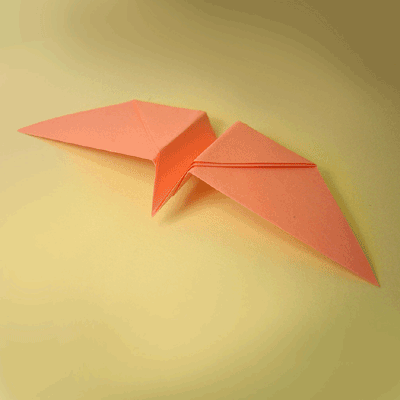













 Om de vakantie goed te laten verlopen, moeten er een aantal dingen geregeld worden. Jullie gaan straks met behulp van internet onderstaande zaken plannen.
Om de vakantie goed te laten verlopen, moeten er een aantal dingen geregeld worden. Jullie gaan straks met behulp van internet onderstaande zaken plannen.





